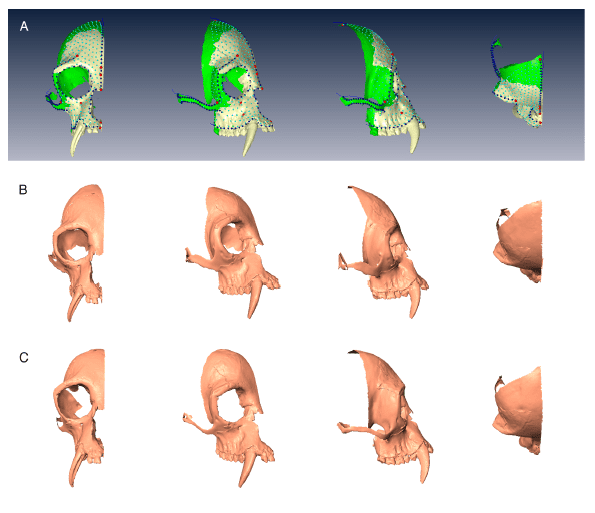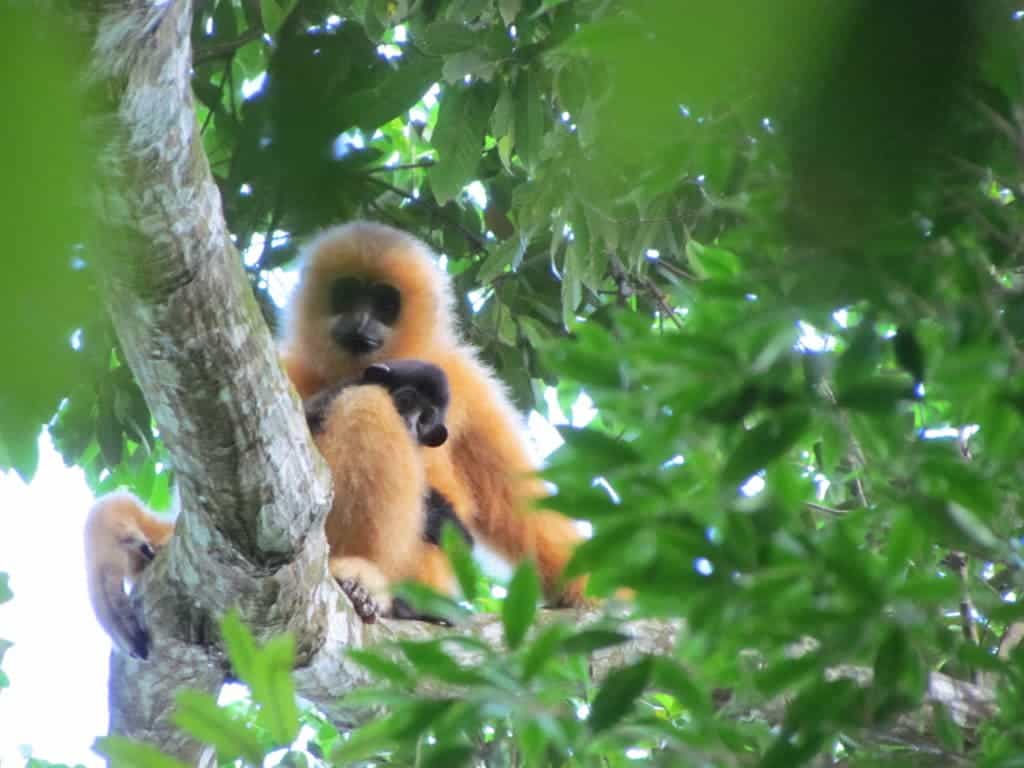Scientists have learned a lot by studying the bones of a previously unknown gibbon genus. Unfortunately, the new species is already extinct, showing the magnitude of human-caused extinction of primates.

Gibbons have played a very important role in Chinese culture for thousands of years, as countless works of art can attest. But being highly revered did not protect them from human destruction.
Researchers at the ZSL (Zoological Society of London) were studying 2,300-year-old remains thought to belong to Lady Xia, who was the grandmother of China’s first emperor, Qin Shihuang. Qin Shihuang was the leader who ordered the building of the Great Wall of China and the Terracotta Warriors and established the Qin dynasty.
The tomb was first excavated in 2004 and was found to contain 12 burial pits with animal remains, including gibbon bones. Computer models of the bones have shown that they don’t belong to any existing gibbon species and must, therefore, belong to a separate species which the team has named Junzi imperialis. According to historical records, Junzi probably survived until less than 300 years ago.
Commenting on the study, lead author Dr. Samuel Turvey from ZSL’s Institute of Zoology said:
“Our discovery and description of Junzi imperialis suggests that we are underestimating the impact of humans on primate diversity. These findings reveal the importance of using historical archives such as the archaeological record to inform our understanding of conservation and stress the need for greater international collaboration to protect surviving populations of gibbons in the wild.”

However, this finding is a perfect metaphor for what humans are doing to primate populations all over the world: 60% of the primates are threatened globally, and in Asia, 73% of primates are threatened. Two species of gibbon have recently gone extinct in China, and all surviving species are considered Critically Endangered (according to the IUCN’s Red List of Threatened Species). The Hainan gibbon (Nomascus hainanus) is considered one of the rarest — if not the rarest — mammal in the world, with only 26 surviving individuals. The fact that this new species of gibbon was discovered some three centuries after it went extinct is telling for the broader situation.
Gibbons are the smallest of the apes, characterized by their distinctively long arms, which they use to navigate through the tall forest canopy, using a form of locomotion called brachiation. Using brachiation, they can reach speeds of up to 55 km/h (34 mph) and make leaps up to 8 m (26 ft). They are the fastest and most agile of all tree-dwelling, non-flying mammals.
The full research can be found published in Science at the following link: http://science.sciencemag.org/cgi/doi/10.1126/science.aao4903


